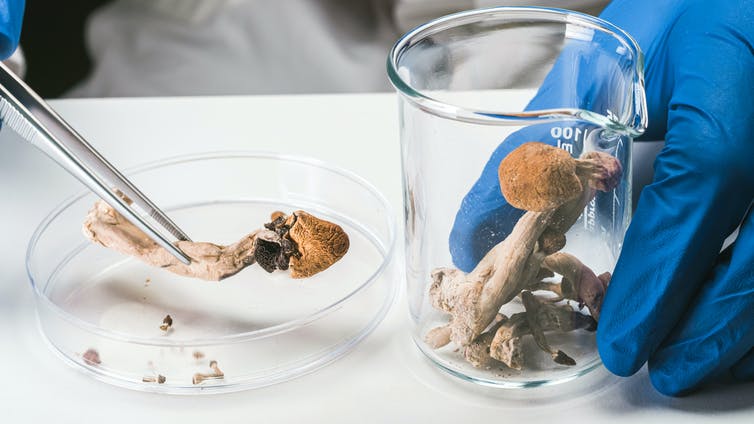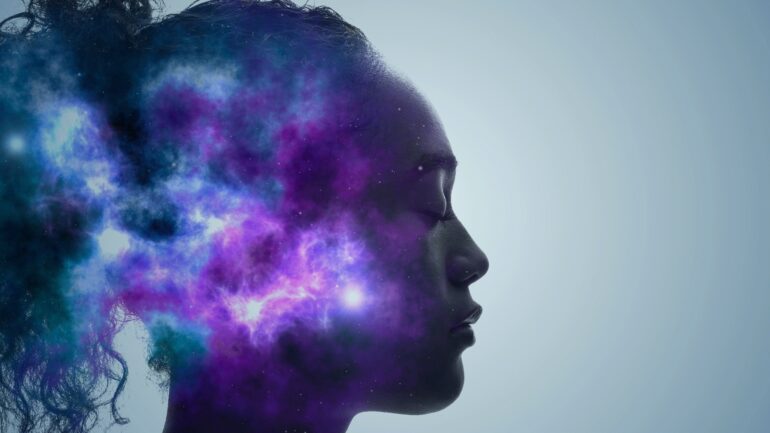For the past several decades, psychedelics have been widely stigmatized as dangerous illegal drugs. But a recent surge of academic research into their use to treat psychiatric conditions is spurring a recent shift in public opinion.
Psychedelics are psychotropic drugs: substances that affect your mental state. Other types of psychotropics include antidepressants and anti-anxiety medications. Psychedelics and other types of hallucinogens, however, are unique in their ability to temporarily induce intense hallucinations, emotions and disruptions of self-awareness.
Researchers looking into the therapeutic potential of these effects have found that psychedelics can dramatically reduce symptoms of depression and anxiety, PTSD, substance abuse and other psychiatric conditions. The intense experiences, or “trips,” that psychedelics induce are thought to create a temporary window of cognitive flexibility that allows patients to gain access to elusive parts of their psyches and forge better coping skills and thought patterns.
Precisely how psychedelics create these effects, however, is still unclear. So as researchers in psychiatry and machine learning, we were interested in figuring out how these drugs affect the brain. With artificial intelligence, we were able to map people’s subjective experiences while using psychedelics to specific regions of the brain, down to the molecular level.

Psilocybin, a psychoactive compound found in some mushrooms, has been the focus of many studies for its potential therapeutic qualities.
24K-Production/iStock via Getty Images
Mapping ‘trips’ in the brain
Every psychedelic functions differently in the body, and each of the subjective experiences these drugs create have different therapeutic effects. Mystical type experiences, or feelings of unity and oneness with the world, for example, are associated with decreases in depression and anxiety. Knowing how each psychedelic creates these specific effects in the body can help clinicians optimize their therapeutic use.
To better understand how these subjective effects manifest in the brain, we analyzed over 6,000 written testimonials of hallucinogenic experiences from Erowid Center, an organization that collects and provides information about psychoactive substances. We transformed these testimonials into what’s called a bag-of-words model, which breaks down a given text into individual words and counts how many times each word appears. We then paired the most commonly used words linked to each psychedelic with receptors in the brain that are known to bind to each drug. After using an algorithm to extract the most common subjective experiences associated with these word-receptor pairs, we mapped these experiences onto different brain regions by matching them to the types of receptors present in each area.



